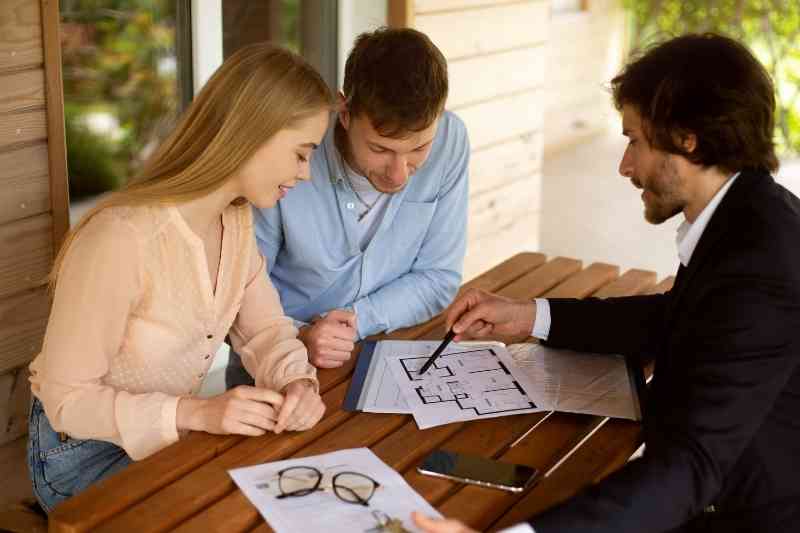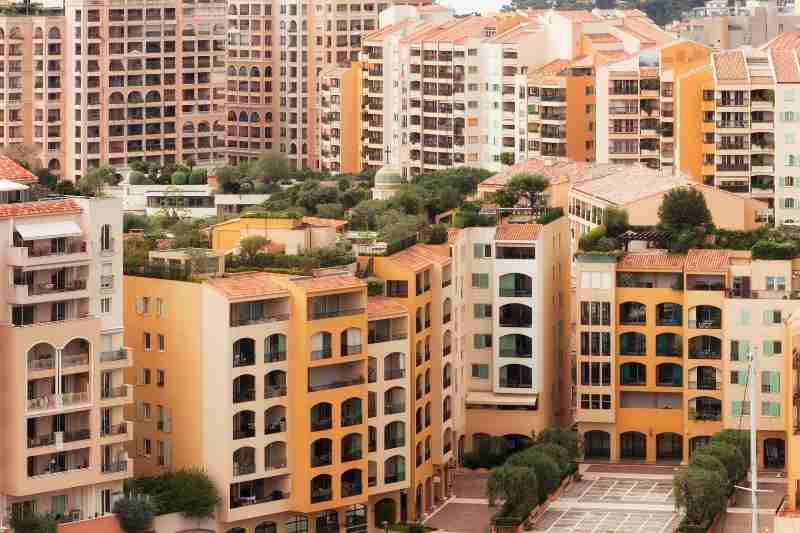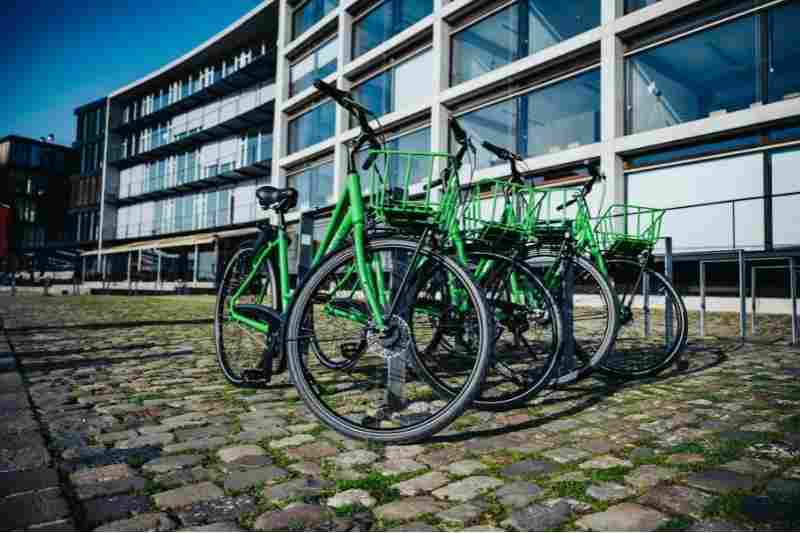
Managing an apartment complex doesn’t just mean providing your current residents with top-notch service. It also means staying on top of the multifamily design and architectural trends that will modernize your property and appeal to future generations.
In this post, we’ll go through five multifamily design trends that will keep you on the cutting edge of real estate. By borrowing from these ideas, you’ll increase demand for your property and enhance the resident experience, leading to more lease renewals.
Here are five multifamily apartment designs that will attract residents:
Watch and learn about the top five multifamily design trends:
1. Mixed-use planning
A mixed-use building is a property that hosts both residential and commercial tenants. In contrast to buildings that are entirely residential or commercial, a mixed-use building allows residents and workers to experience the best of both worlds. In other words, mixed-use buildings are a “third place” property. Instead of purely living in a space, third place spaces account for places where residents might spend their free time.
Mixed-use buildings contribute to the density and the walkability of a neighborhood. In particular, younger generations seek out highly walkable areas because of the environmental and financial burdens of car usage.
The downsides of owning a car include:
- High insurance costs
- Time and money spent on maintenance
- Contributing to climate change
Instead of having to drive to a grocery store or a coffee shop, a resident in a mixed-use building can simply head downstairs to complete those errands. Many residents cite the convenience and economic versatility of mixed-use buildings as one of the reasons their neighborhood is so vital and lively.
2. Biophilic design
Biophilic design is an emphasis on our connections to the natural world. Property owners who follow biophilic design principles incorporate natural elements like sunlight, airflow, and plant growth to give residents a connection to nature.
Similar to mixed-use planning, biophilic design is popular today because it addresses the lack of liveliness in today’s built environment.
Before the advent of biophilic design, architects and city planners didn’t prioritize the human experience and residents’ wellness. But now, a new generation of designers is actively reconnecting today’s residents to the natural world.
In terms of your multifamily interior design choices, you can follow biophilic principles by including more plants and greenery throughout your property. For example, you can open up outdoor spaces, like rooftops, to give your residents some fresh air.

3. Active design
Active design is an architectural movement that emphasizes residents’ physical and mental health by encouraging them to lead more active lives. As such, it tackles another major pitfall of modern buildings: inactivity.
Today’s working world — and residents’ lifestyles when they’re at home — aren’t the most conducive to an active, healthy lifestyle.
Whether we’re sitting in traffic during rush hour or at a laptop working an office job, people today certainly spend a lot more time sitting and inactive than our ancestors did. And this inactive lifestyle adds up to an increased risk of heart failure, obesity, and worsened mental health.
But active design challenges the unfit aspects of our modern life by modifying a property’s exterior and interiors. For example, a multifamily housing manager using active design principles might install bike racks, encouraging residents to stay fit by making it easier for them to use bikes as their main mode of transportation.

4. Co-working spaces
Working from home is the new norm. So, as a property manager, you must follow the new multifamily design trend of providing residents with coworking spaces. Offering this amenity will generate increased levels of interest from remote workers.
What’s more, many remote workers are taking full advantage of their new remote capabilities by leasing short-term rentals. This grants them the flexibility to experience new cities and cultures. These remote workers are called digital nomads, and you can attract them to your property by investing in coworking spaces with smart technology and innovative access control solutions.
A smart access control system will also benefit you by making it easier to securely assign and revoke access credentials to these digital nomads, who typically aren’t long-term tenants.
Of course, co-working spaces are only one amenity that you can use to attract remote workers. You can also invest in upgrades to 5G WiFi, or repurpose existing outdoor space to give your residents the chance to enjoy some fresh air while working remotely.

5. Smart building technology
Today’s residents are increasingly tech-savvy, so they crave proptech amenities that simplify their living experiences. The convenience of internet-connected, automated building systems is unmatched.
For instance:
Imagine controlling your apartment’s thermostat from your smartphone so that it’s the perfect temperature when you arrive home. Or, picture setting your lights and HVAC systems to turn off automatically when you’re not home. This way, you won’t have to worry about forgetting to turn them off!
Popular tech-powered smart building systems include:
- Thermostats
- Light controls
- Smart locks
- Intercoms
Smart technology has also revolutionized access control. The best smart access control systems are easy to use and manage — benefitting residents and staff alike.
For example, residents will appreciate features like a smartphone app that lets them remotely open the door for guests. And some smart intercoms integrate with other important property management systems, like your rent roll and leasing software.
Watch how ButterflyMX improves the resident experience:
Takeaways
There are many design trends in multifamily housing that you can use to improve different aspects of life on your property for your residents.
To summarize, here are the top five multifamily design tips you should follow:
- Give your residents the building blocks of a community by zoning for mixed-use.
- Let your residents establish a connection with nature by using biophilic design.
- Encourage residents to be more active, fit, and happy with active design principles.
- Attract an increasingly large share of remote workers with co-working spaces.
- Make your residents’ lives more convenient with smart building technology.






